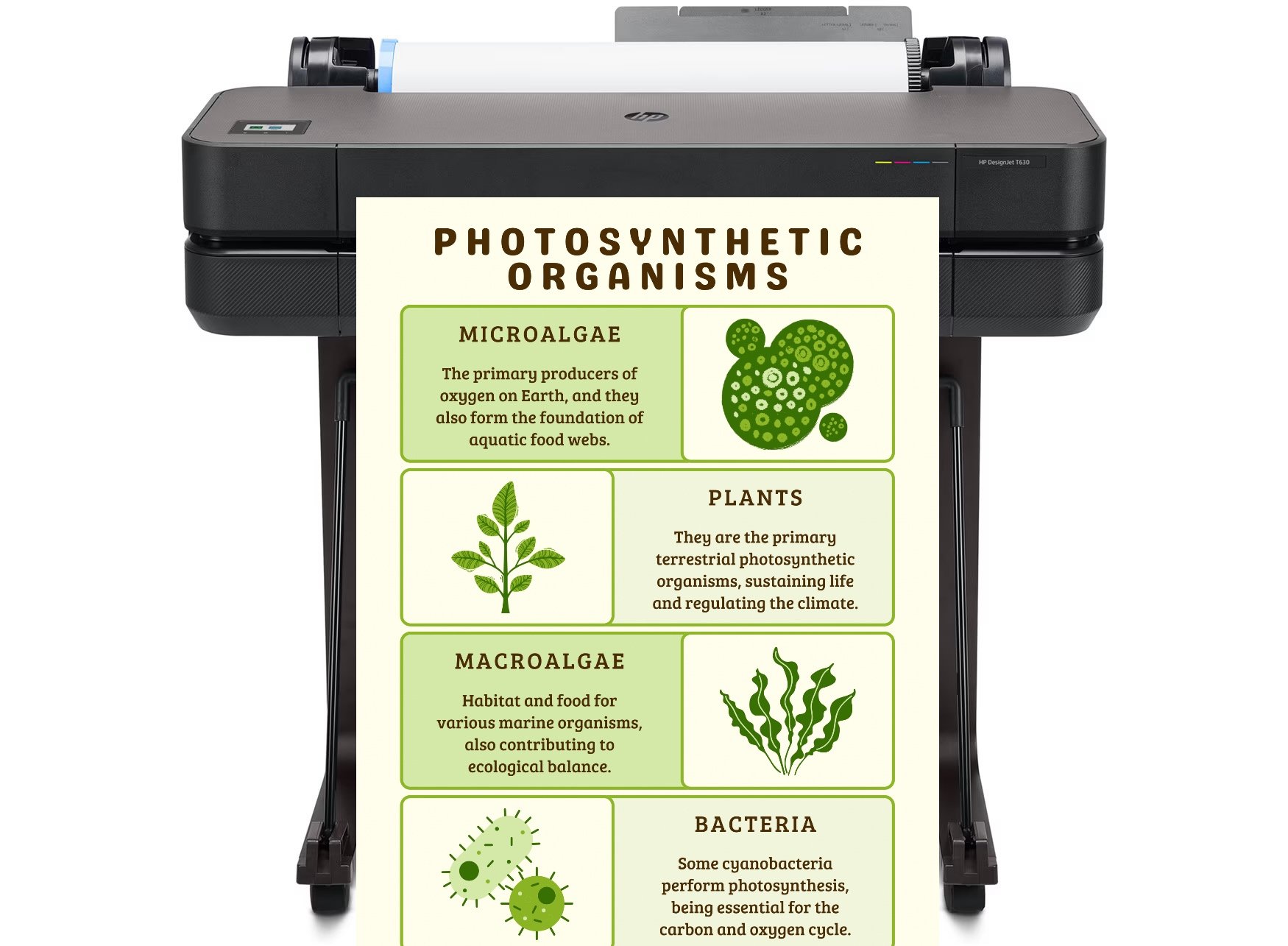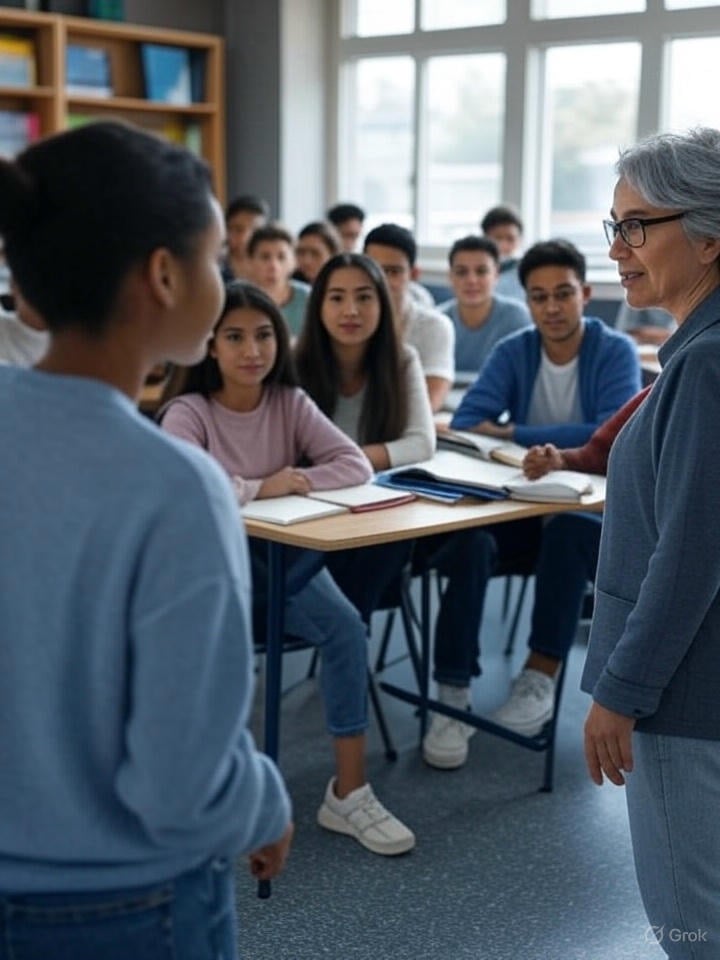
DISCOUNTED EDUCATION PRICING! CALL 1-877-891-8411. We Gladly Accept School Purchase Orders!

From viral science experiments to 15-second math hacks, social media is transforming the way we absorb and retain information. Welcome to the era of visual learning — short, fast, and scrollable.
Let’s face it — we’re not learning the way we used to.
Textbooks, lectures, and static PDFs are no longer the primary sources of information for many learners. Instead, our smartphones have become our new classrooms, and the teachers? They’re creators, influencers, and experts delivering knowledge in under 60 seconds.
Apps like TikTok and Instagram — once dismissed as entertainment platforms — have rapidly evolved into dynamic hubs of bite-sized education. With a few swipes, you can learn how to solve a math equation, understand the basics of cryptocurrency, memorize a new language phrase, or pick up a science fact that sticks with you all day. What was once idle scrolling is now a form of microlearning — fast, visual, and highly effective.
This shift is more than just a trend — it’s a reflection of how our brains are adapting to the digital age. Attention spans are shorter, time is more fragmented, and learners crave information that’s quick to consume but easy to remember. That’s where visual learning excels.
Visual learners — those who absorb information best through imagery, color, spatial organization, and video — are especially benefiting from this new mode of learning. Whether it’s an infographic on climate change, a TikTok explainer about history, or a study hack shown through a Reels tutorial, the content is crafted to show, not just tell. And that difference is powerful.
Even traditional learning platforms are taking cues from these formats. Edtech apps, online courses, and even universities are experimenting with shorter, more visual content to cater to changing preferences. The result? A generation that learns through scrolls, swipes, and stories as much as through books and lectures.
But this isn’t just about convenience or novelty. Something deeper is happening. The rise of short-form, visually-driven education marks a fundamental change in how knowledge is delivered, consumed, and remembered. And it’s happening faster than ever.
So the real question isn’t whether platforms like TikTok and Instagram are useful for learning — it’s why they’re so effective. What is it about short, visual content that sticks? Why are millions turning to social media for explanations instead of traditional sources?
The answer lies in the rise of microlearning, and how it perfectly aligns with our visual-first, mobile-driven digital lives.
Let’s dive deeper.
Visual learning is a style where individuals learn better through imagery than through text or audio. Research shows that visuals are processed 60,000x faster in the brain than text — and people retain 80% of what they see, compared to just 20% of what they read.
In the past, visual learning was tied to things like:
Today, it’s evolving into:
These formats are short, visual, and sticky — just the way the modern brain likes it.
Microlearning refers to delivering content in small, focused bursts — often under a minute.
This format:
Take TikTok, for example:
Or on Instagram:
Hashtags like #LearnOnTikTok and #StudyTok have billions of views, proving that microlearning isn’t a niche trend — it’s mainstream education.
Here’s why visual learners thrive on social media:
| Feature | Benefit to Visual Learners |
|---|---|
| Motion + Text | Combines visual cues with movement to enhance retention |
| Captions/Subtitles | Reinforces information through reading while watching |
| Soundtracks | Triggers memory through audio-visual pairing |
| Fast Editing | Keeps engagement high and attention locked |
| Visual metaphors | Helps explain abstract concepts (like math or science) clearly |
On TikTok, lessons often use green screen effects, annotations, and props to show rather than tell. This aligns directly with the visual learner’s brain, which processes relationships and patterns faster through imagery than explanation.
Studies show:
While not a substitute for deep learning, microlearning acts as a catalyst — sparking interest, building foundational knowledge, and encouraging repetition.
Despite the hype, microlearning isn’t perfect.
Educators warn that while TikTok and Instagram are great learning supplements, they shouldn’t replace traditional methods — especially for complex subjects.
Want to teach on TikTok or Instagram? Focus on:
Incorporate social media tools:
Build a “smart” feed:
Visual learning is no longer confined to classrooms or textbooks — it’s embedded in the content we scroll through every day. Platforms like TikTok and Instagram have transformed learning into something immediate, bite-sized, and often more engaging than traditional methods.
Microlearning isn’t about replacing deep education — it’s about meeting people where they are. It’s a gateway to curiosity, a spark for exploration, and a tool for reinforcing knowledge visually and effectively.
Whether you’re a student trying to retain more, a creator sharing ideas, or an educator adapting to new platforms, now is the time to embrace the visual shift in learning.
Because in a world where attention is fleeting, learning needs to be fast, focused, and — most importantly — visual.